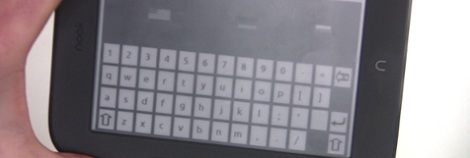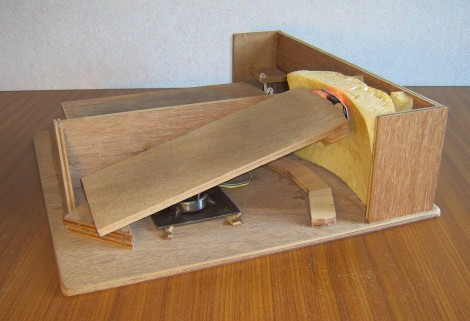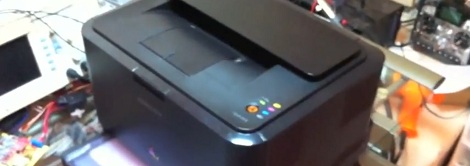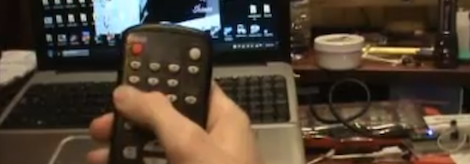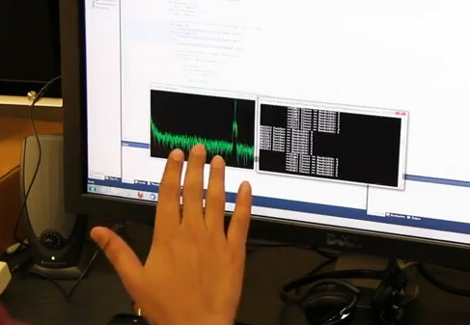
What if you could add gesture recognition to your computer without making any hardware changes? This research project seeks to use computer microphone and speakers to recognize hand gestures. Audio is played over the speakers, with the input from the microphone processed to detect Doppler shift. In this way it can detect your hand movements (or movement of any object that reflects sound).
The sound output is in a range of 22-80 kHz which is not audible to our ears. It does make us wonder if widespread use of this will drive the pet population crazy, or reroute migration paths of wildlife, but that’s research for another day. The system can even be used while audible sounds are also being played, so you don’t lose the ability to listen to music or watch video.
The screen above shows the raw output of the application. But in the video after the break you can see some possible uses. It works for scrolling pages, double-clicking (or double-tapping as it were), and there’s a function that detects the user walking away from the computer and locks the screen automatically.
[Sidhant Gupta] is the researcher who put the video together. In addition to this project (called SoundWave) he’s got several other interesting alternative-input projects on his research page. Continue reading “Doppler-effect Lets You Add Gestures To Your Computer”



